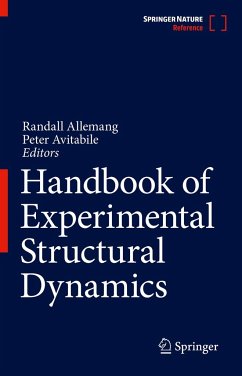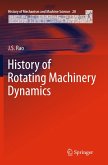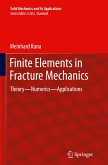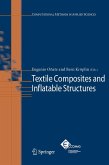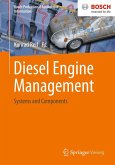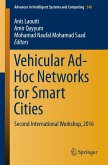The SEM Handbook of Experimental Structural Dynamics stands as a comprehensive overview and reference for its subject, applicable to workers in research, product design and manufacture, and practice. The Handbook is devoted primarily to the areas of structural mechanics served by the Society for Experimental Mechanics IMAC community, such as modal analysis, rotating machinery, structural health monitoring, shock and vibration, sensors and instrumentation, aeroelasticity, ground testing, finite element techniques, model updating, sensitivity analysis, verification and validation, experimental dynamics sub-structuring, quantification of margin and uncertainty, and testing of civil infrastructure. Chapters offer comprehensive, detailed coverage of decades of scientific and technologic advance and all demonstrate an experimental perspective. Several sections specifically discuss the various types of experimental testing and common practices utilized in the automotive, aerospace, and civil structures industries.
· History of Experimental Structural Mechanics
· DIC Methods - Dynamic Photogrammetry
· LDV Methods
· Applied Digital Signal Processing
· Introduction to Spectral - Basic Measurements
· Structural Measurements - FRF
· Random and Shock Testing
· Rotating System Analysis Methods _
· Sensors Signal Conditioning Instrumentation
· Design of Modal Tests
· Experimental Modal Methods
· Experimental Modal Parameter Evaluation
· Operating Modal Analysis Methods _
· Analytical Numerical Substructuring
· Finite Element Model Correlation
· Model Updating
· Damping of Materials and Structures
· Model Calibration and Validation in Structures_
· Uncertainty Quantification: UQ, QMU and Statistics _
· Nonlinear System Analysis Methods (Experimental)
· Structural Health Monitoring and Damage Detection
· Experimental Substructure Modeling
· Modal Modeling
· Response (Impedance) Modeling
· Nonlinear Normal Mode Analysis Techniques (Analytical) _
· Modal Modeling with Nonlinear Connection Elements (Analytical)
· Acoustics of Structural Systems (VibroAcoustics) _
· Automotive Structural Testing _
· Civil Structural Testing
· Aerospace Perspective for Modeling and Validation
·
· History of Experimental Structural Mechanics
· DIC Methods - Dynamic Photogrammetry
· LDV Methods
· Applied Digital Signal Processing
· Introduction to Spectral - Basic Measurements
· Structural Measurements - FRF
· Random and Shock Testing
· Rotating System Analysis Methods _
· Sensors Signal Conditioning Instrumentation
· Design of Modal Tests
· Experimental Modal Methods
· Experimental Modal Parameter Evaluation
· Operating Modal Analysis Methods _
· Analytical Numerical Substructuring
· Finite Element Model Correlation
· Model Updating
· Damping of Materials and Structures
· Model Calibration and Validation in Structures_
· Uncertainty Quantification: UQ, QMU and Statistics _
· Nonlinear System Analysis Methods (Experimental)
· Structural Health Monitoring and Damage Detection
· Experimental Substructure Modeling
· Modal Modeling
· Response (Impedance) Modeling
· Nonlinear Normal Mode Analysis Techniques (Analytical) _
· Modal Modeling with Nonlinear Connection Elements (Analytical)
· Acoustics of Structural Systems (VibroAcoustics) _
· Automotive Structural Testing _
· Civil Structural Testing
· Aerospace Perspective for Modeling and Validation
·

